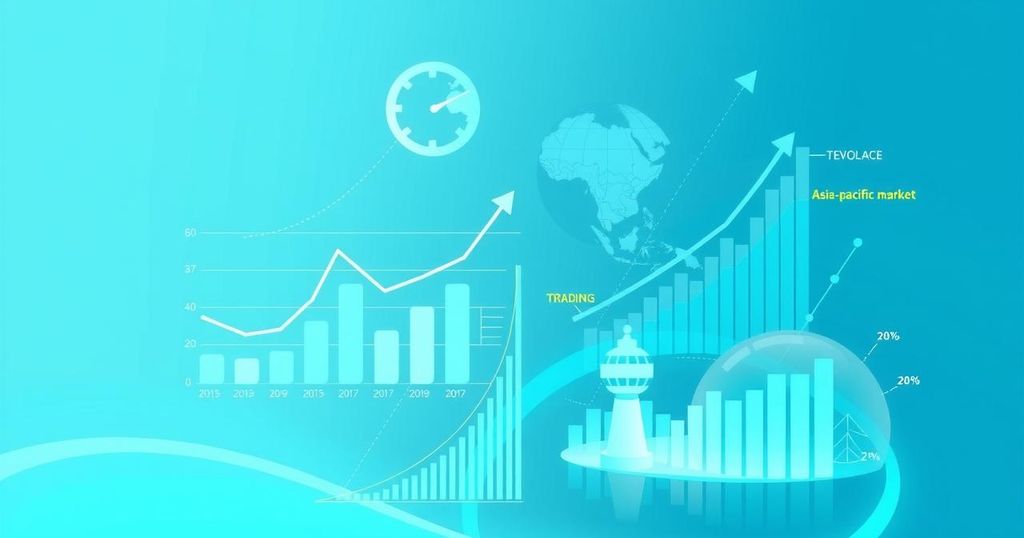Business
Companies
economics
AFRICA, ALEXANDER WINNING, BANKING, DONALD TRUMP, ETM, ETM ANALYTICS, FINANCE, GDP GROWTH, INFLATION, INTEREST RATES, JOHANNESBURG, JOHANNESBURG STOCK EXCHANGE, NORTH AMERICA, REUTERS, SF, SFUNDO PARAKOZOV, SOUTH AFRICA, SOUTH AFRICAN RESERVE BANK, SUSAN FENTON, TRUMP, U. S, UNITED STATES, US DOLLAR
Marcus Li
0 Comments
South African Rand Strengthens as Gold Prices Reach Record High
The South African rand strengthened on March 18 due to gold prices reaching a record high. The rand traded at 18.0175 against the dollar, boosted by gold hitting $3,018.66, attracting investor interest amid trade tensions. Local mining may increase due to these elevated prices, despite domestic budget deadlocks and strained U.S. relations. Upcoming inflation data and monetary policy decisions may influence the Reserve Bank’s actions.
On March 18, the South African rand experienced a notable increase, buoyed by the gold price reaching a historic high. At 0814 GMT, the rand was valued at 18.0175 against the U.S. dollar, marking an approximate gain of 0.4% from its previous close. This upward trend in gold, which hit a record of $3,018.66, is attracting investor interest amid ongoing trade tensions attributed to U.S. President Donald Trump’s tariff policies.
As a significant producer of precious metals, South Africa stands to benefit from the rise in gold prices. Analysts suggest that elevated gold prices may incentivize local mining operations to increase output. ETM Analytics mentioned that “at some point a gold price that continues to rise will excite local miners to make a greater effort to mine difficult-to-reach gold deposits,” suggesting that previously unviable mining ventures might become attractive.
Despite facing a challenging domestic and international landscape, the rand has shown resilience. The post-apartheid era has witnessed a deadlock in the national budget for the first time, stemming from disputes within the ruling coalition. U.S.-South Africa relations have strained since January, as aid reductions from the U.S. have raised concerns about the future of South Africa’s preferential trade status under the African Growth and Opportunity Act (AGOA).
Upcoming domestic data releases are anticipated to focus on inflation figures scheduled for Wednesday and a monetary policy decision on Thursday. Economists surveyed by Reuters speculate that the South African Reserve Bank may halt its trend of rate cuts due to numerous prevailing risks. Furthermore, the Johannesburg Stock Exchange’s Top-40 index was observed to increase by approximately 1%, while the benchmark 2030 government bond remained unchanged at a yield of 9.17%.
In summary, the South African rand’s recent appreciation is largely influenced by the unprecedented rise in gold prices, prompting potential growth in local mining activity. However, the rand’s resilience occurs amidst significant domestic challenges, including a budget deadlock and deteriorating relations with the United States. As economic indicators are set to be released, analysts will gauge their impact on future monetary policy and market behavior.
Original Source: www.cnbcafrica.com




Post Comment